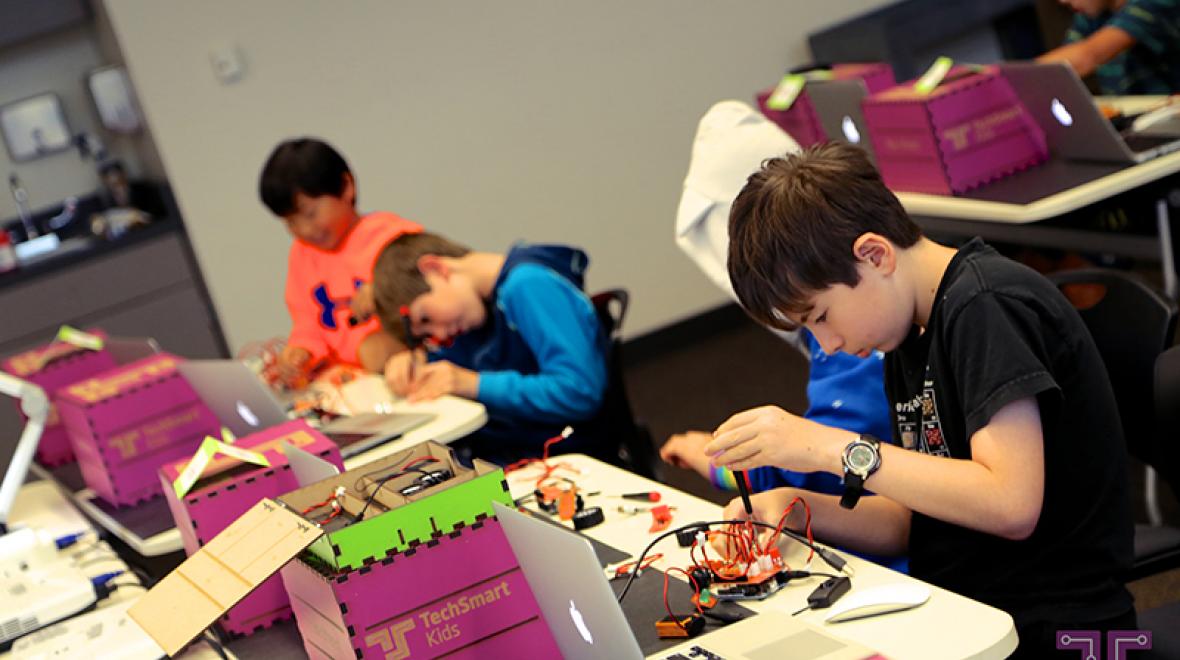In New Orleans, school leaders have reason to celebrate—and they want the whole city to know it. Nearly two decades after Hurricane Katrina devastated the city and its education system, local leaders say the transformation has reached a milestone: no failing schools left in the district.
A Dramatic Turnaround
According to New Schools for New Orleans, the district has seen a 61% drop in failing schools since 2005. That’s no small feat for a city where, before Katrina, many schools struggled with low test scores, aging buildings and chronic underfunding.
Today, education leaders say the school system is not just surviving—it’s unlocking new possibilities for students and teachers.
“We have a system that is able to unlock the creativity of wonderful educators, who are helping young people reach their enormous potential,” said Dana Peterson, CEO of New Schools for New Orleans. “It’s showing incredible progress on behalf of those young people.”
A Different Kind of School District
Much of New Orleans’ progress comes from rebuilding its schools with a unique structure. After Katrina, the city shifted to an all-charter public school model. Instead of one big district office running every school, dozens of charter groups now run individual schools or small clusters.
That setup gives principals and teachers more freedom to design programs that fit their students. It also makes schools more accountable—if a charter school doesn’t meet performance goals, it can lose its charter.
Challenges Still Remain
While leaders are celebrating the end of failing schools, they know there’s still work to do. Many students still face big challenges, from poverty to trauma to gaps in learning that were made worse by the COVID pandemic.
The next chapter, Peterson says, is about pushing even further—tapping into teachers’ creativity and community support to keep raising the bar.
Aiming for the Next 20 Years
For many families, the change is visible in classrooms and test scores, but also in how students feel about their future. Graduation rates are up, and more kids are looking at college and careers they once thought were out of reach.
Peterson says the real goal is to build a system that keeps improving, long after today’s students have moved on.
“It’s one that is able to unlock the creativity that we think is gonna get us to the next 20 years,” Peterson said. “And it’s gonna be even greater than what we have seen.”
Moving Forward
New Orleans’ schools are far from perfect, but for a city that once faced some of the toughest education challenges in the country, the progress is clear—and the hope for what comes next is even stronger.









